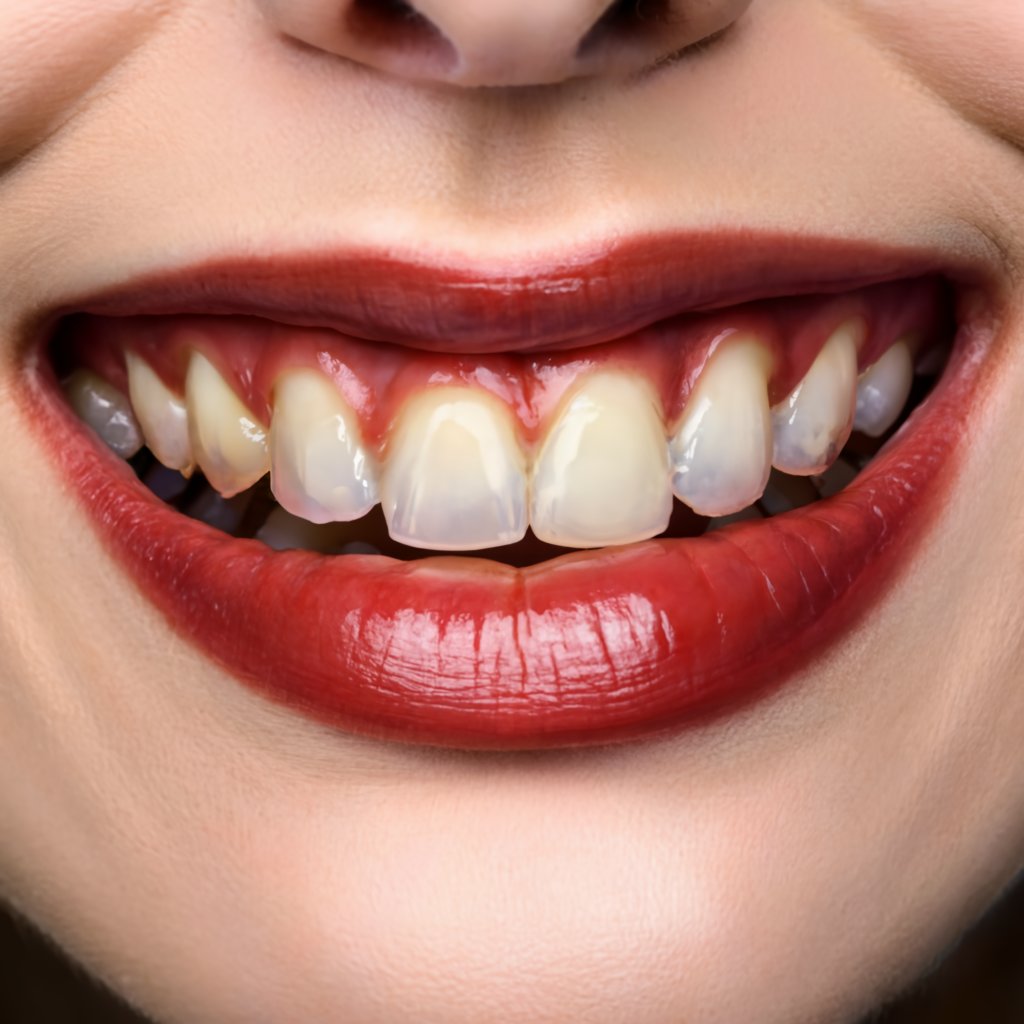As a dentist, one of the most common oral health issues I treat is gum disease. It’s incredibly widespread, affecting nearly half of adults over age 30 in the United States. And those are just the reported cases—many people live with gum disease without even realizing they have it.
That’s because gum disease can be insidious, progressing slowly with subtle, hard-to-notice symptoms in the early stages. However, letting it go undetected and untreated can ultimately lead to tooth loss and increased risk of other systemic health complications.
That’s why it’s so important to know what to watch out for and take action at the first signs of a gum problem. In this post, I’ll go over the symptoms of gum disease and how it’s treated, so you can be an empowered partner in protecting your oral health.

The Stages of Gum Disease
Gum disease is an infection caused by bacteria in plaque and tartar buildup on your teeth. If not removed through brushing, flossing and professional cleanings, it can progress through two main stages:
Gingivitis This earliest stage is characterized by inflamed, red, swollen or bleeding gums, especially after brushing or flossing. You may also experience persistent bad breath. Gingivitis is reversible through improved oral hygiene and professional dental cleanings to remove plaque and tartar.
Periodontitis If left untreated, gingivitis can advance to periodontitis, where the bacterial infection causes the gums to pull away from the teeth. This creates pockets where more plaque collects and bone loss can occur around the tooth roots. Signs include loose teeth, painful chewing, and pus between the gums and teeth.
Other Signs to Watch For Beyond swollen, red, tender or bleeding gums, there are some other potential gum disease symptoms to be aware of, including:
- Receding gums that make your teeth look longer
- Persistent bad breath or bad taste in your mouth
- Teeth that are loose or separating
- Changes in your bite or fit of dentures
Any of these could potentially signal gum disease that requires prompt attention.
Treating Gum Disease
The good news is that gum disease is largely preventable through quality home care and regular professional cleanings and checkups. Catching it early gives you the best chance of reversing damage and avoiding more invasive procedures.
Gingivitis Treatment If we catch gum inflammation in the gingivitis stage, treatment focuses on controlling the bacterial infection through:
- Improved oral hygiene – Reviewing and upgrading your daily brushing and flossing technique is crucial to remove plaque and tartar buildup. I may also recommend an antimicrobial mouthwash.
- Professional dental cleaning – I’ll perform a deep cleaning called scaling and root planing to remove hardened plaque from above and below the gumline. This smooths root surfaces to help gums reattach to the teeth.
With dedication to meticulous homecare and a few follow-up cleanings, we can usually reverse gingivitis within a few weeks to a few months.
Periodontitis Treatment When gum disease progresses to periodontitis, we have to take a more aggressive treatment approach:
- Scaling and root planing – As noted above, this is a significant deep cleaning to remove plaque, tartar and bacterial toxins from the deep pockets.
- Antibiotic treatment – I may prescribe oral antibiotics or place topical antibiotics in the periodontal pockets to help control the infection.
- Surgery – If inflammation persists or you have severe bone loss, periodontal surgery like pocket reduction or gum grafting may be needed to rebuild bone and facilitate healing.
The Importance of Maintenance Even after successfully treating periodontitis, you’re still at risk for recurring infections due to the bacteria that inevitably recolonize over time. To maintain your healthy gums long-term:
- Stick to proper daily brushing, flossing and any other homecare
- Get regular cleanings every 3-4 months or per my recommendation
- Don’t smoke or use tobacco, which worsens gum disease
- Maintain a nutritious, low-sugar diet
- Manage any other health conditions that negatively impact gum health
By staying vigilant with these maintenance steps and watching closely for any signs of recurrence, you greatly reduce your future risk of gum disease progression and tooth loss.
Don’t Wait Until It’s Too Late My biggest piece of advice is to take action at the first red flag—whether it’s swollen, tender gums or any other symptom I described. The earlier we catch gum disease, the easier it is to bring under control before you face bigger problems.
Keeping your regularly scheduled cleaning appointments is also key, as I may detect issues before you even notice symptoms. But if anything seems off in between visits, don’t hesitate to come see me right away.
Preserving your healthy gums and teeth involves a lifelong commitment to daily care, regular professional cleanings, and making gum disease treatment a top priority at the first sign of trouble. With some vigilance and my professional help, we can keep gum disease at bay and protect your smile for many years to come.
